
How to Use 16A AC BREAKER: Examples, Pinouts, and Specs
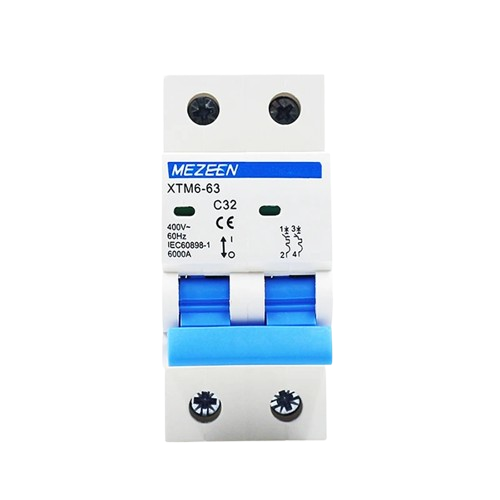
 Design with 16A AC BREAKER in Cirkit Designer
Design with 16A AC BREAKER in Cirkit DesignerIntroduction
The 16A AC Breaker (Manufacturer: AC, Part ID: BREAKER) is an essential electrical safety device designed to protect circuits from damage caused by overcurrent conditions, such as overloads or short circuits. By automatically interrupting the flow of current when unsafe conditions are detected, this breaker ensures the safety and longevity of electrical systems.
Explore Projects Built with 16A AC BREAKER
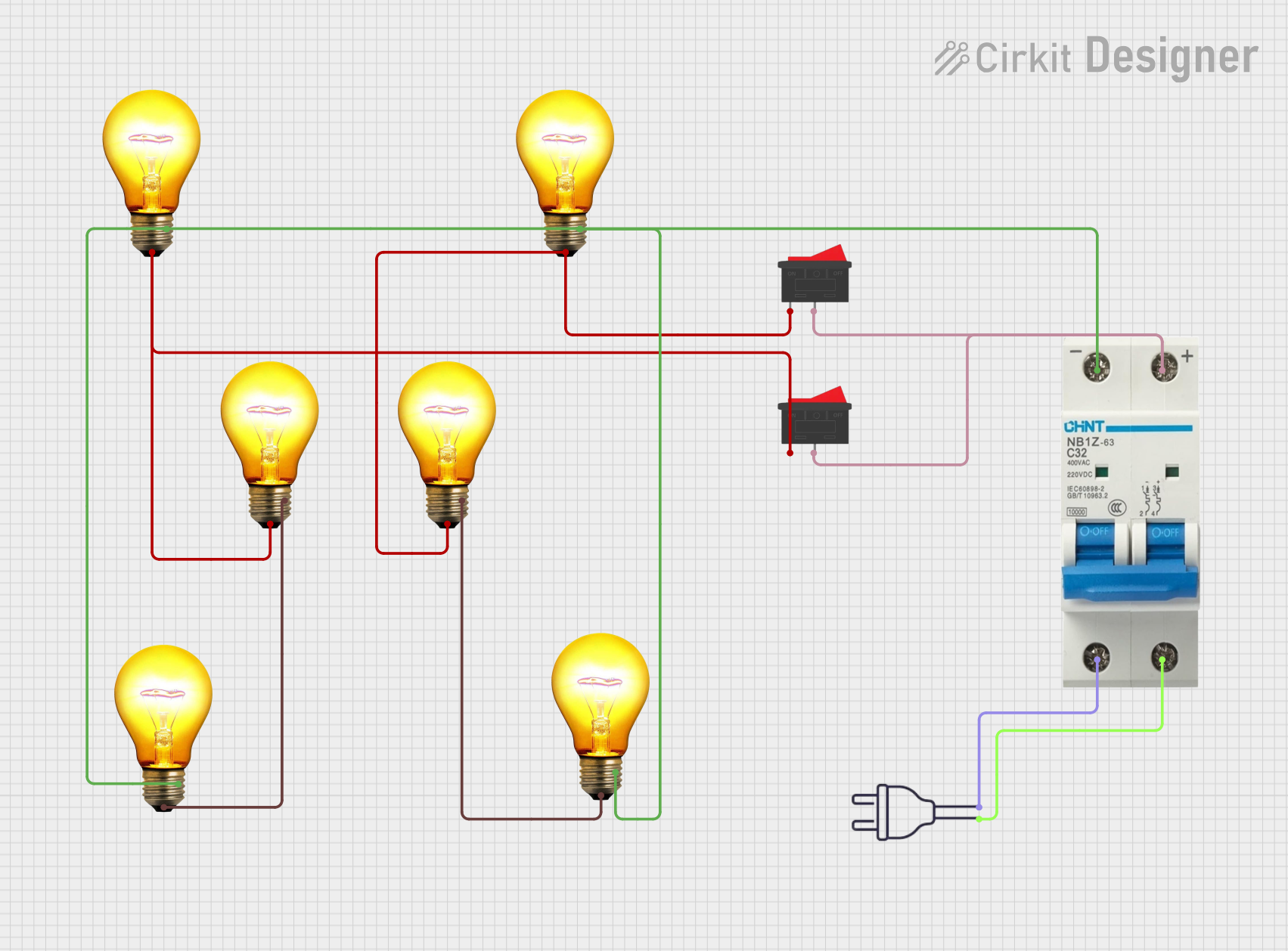
 Open Project in Cirkit Designer
Open Project in Cirkit Designer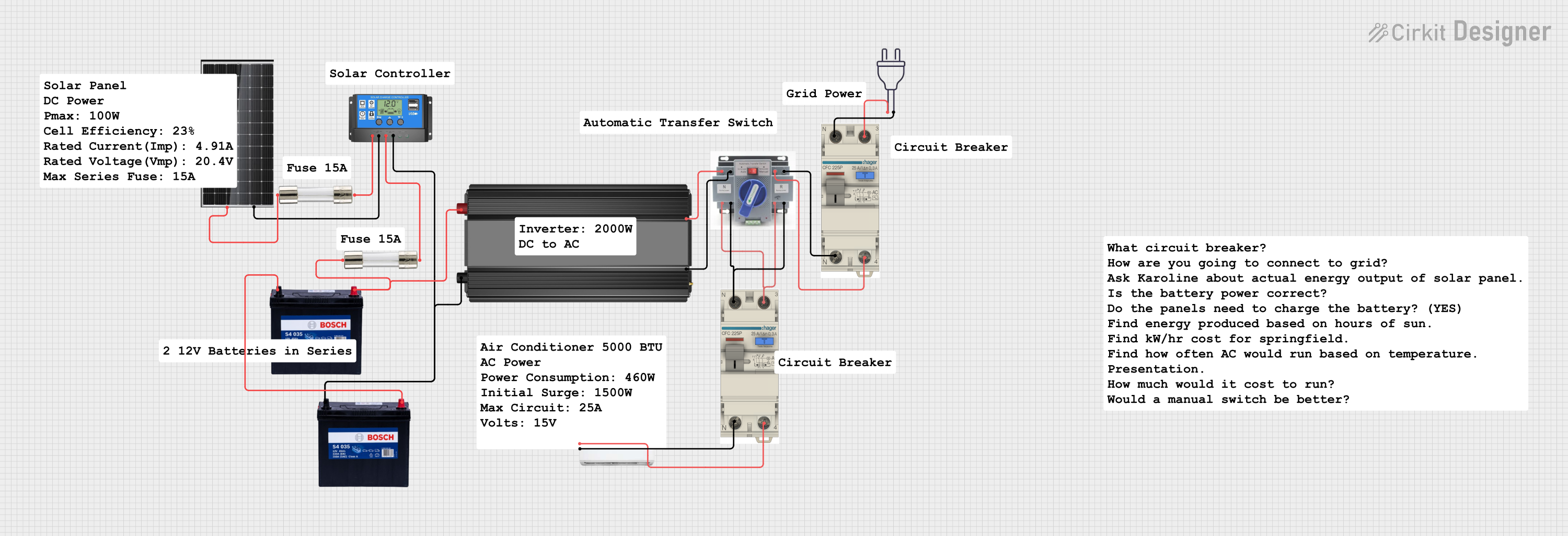
 Open Project in Cirkit Designer
Open Project in Cirkit Designer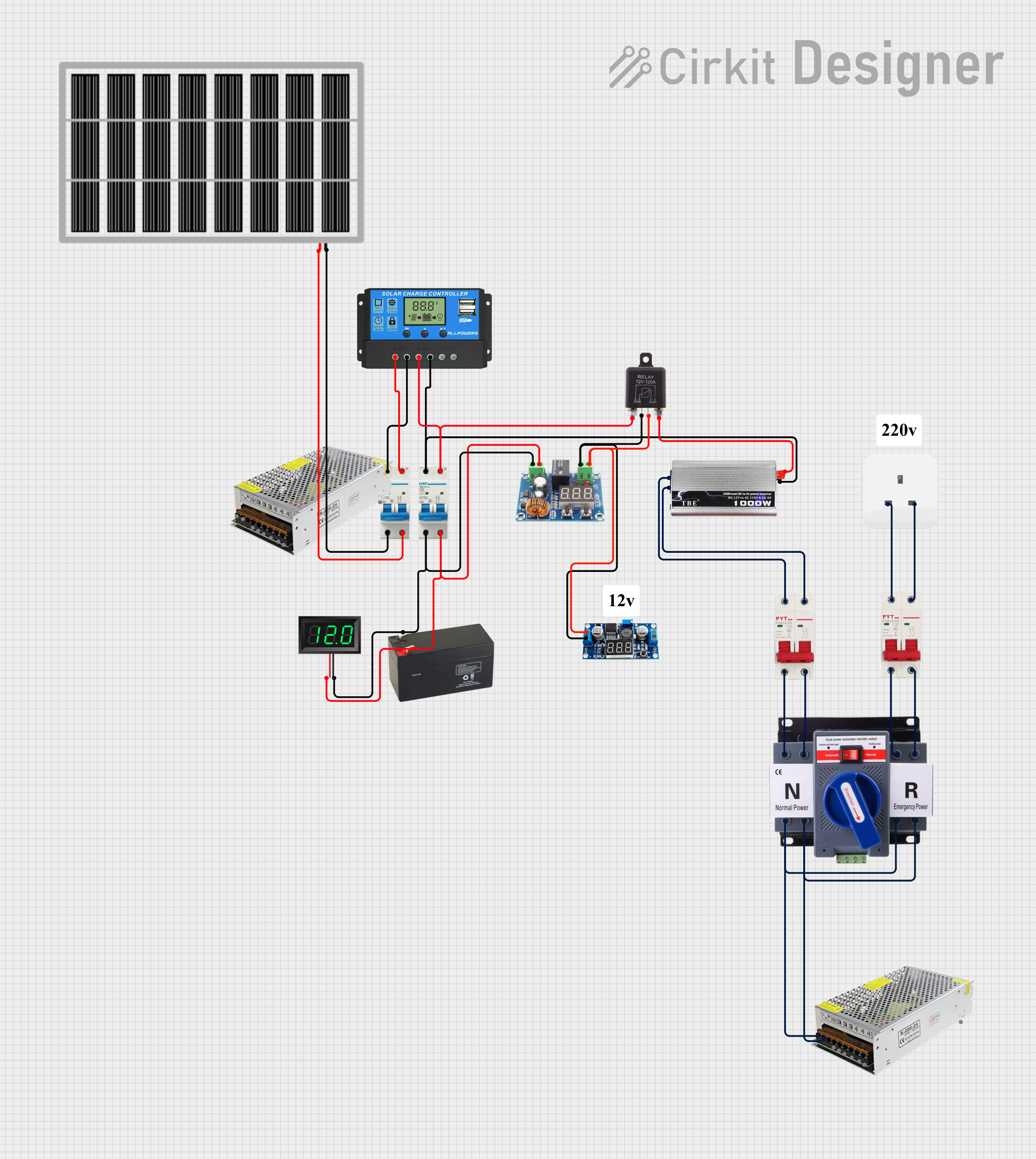
 Open Project in Cirkit Designer
Open Project in Cirkit Designer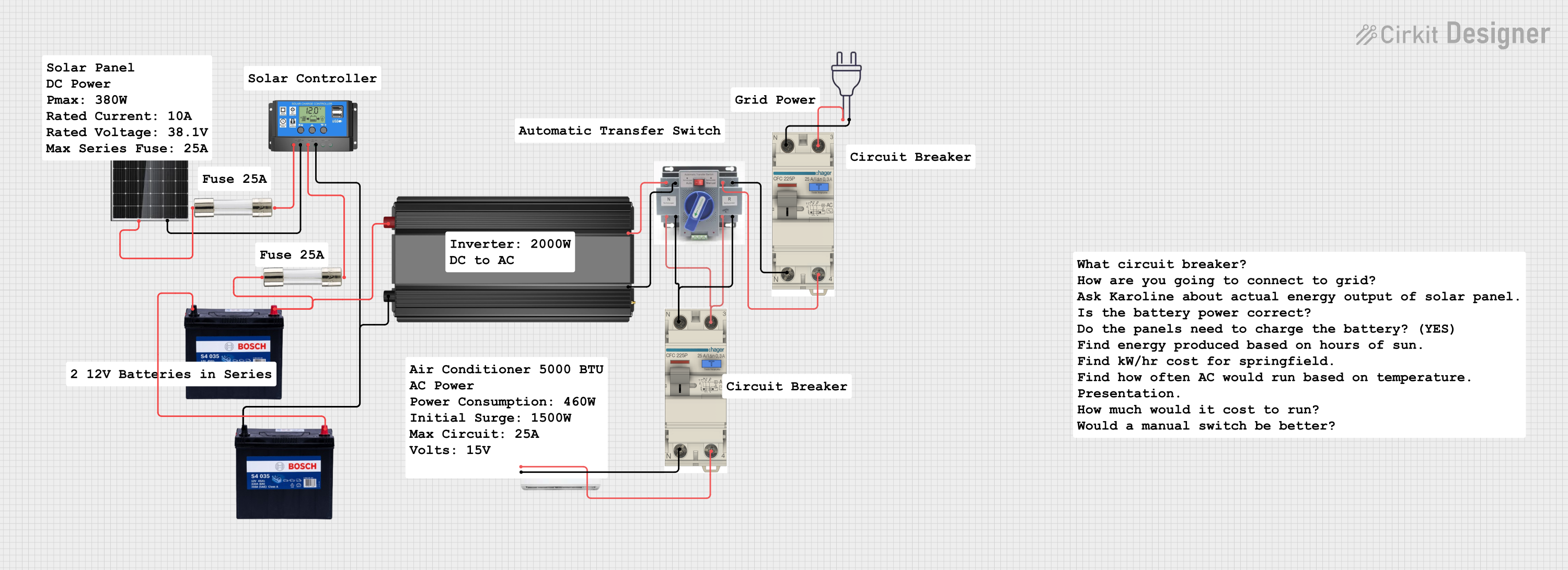
 Open Project in Cirkit Designer
Open Project in Cirkit DesignerExplore Projects Built with 16A AC BREAKER

 Open Project in Cirkit Designer
Open Project in Cirkit Designer
 Open Project in Cirkit Designer
Open Project in Cirkit Designer
 Open Project in Cirkit Designer
Open Project in Cirkit Designer
 Open Project in Cirkit Designer
Open Project in Cirkit DesignerCommon Applications and Use Cases
- Residential and commercial electrical panels
- Protection of lighting circuits, outlets, and appliances
- Industrial machinery and equipment
- Renewable energy systems (e.g., solar inverters)
- HVAC systems and motor protection
Technical Specifications
The following table outlines the key technical details of the 16A AC Breaker:
| Parameter | Value |
|---|---|
| Rated Current | 16A |
| Rated Voltage | 230/240V AC |
| Frequency | 50/60 Hz |
| Breaking Capacity | 6 kA |
| Trip Curve | Type C (standard for most loads) |
| Number of Poles | 1P (Single Pole) |
| Operating Temperature | -5°C to +40°C |
| Mounting Type | DIN Rail |
| Dimensions (L x W x H) | 18mm x 75mm x 80mm |
| Compliance Standards | IEC 60898-1, RoHS |
Pin Configuration and Descriptions
The 16A AC Breaker does not have traditional "pins" like electronic components but instead features terminal connections for input and output wiring. The table below describes these terminals:
| Terminal | Description |
|---|---|
| Line (Input) | Connects to the incoming live wire from the power source. |
| Load (Output) | Connects to the live wire of the circuit being protected. |
| Neutral | Not applicable for single-pole breakers. |
Usage Instructions
How to Use the 16A AC Breaker in a Circuit
Mounting the Breaker:
- Install the breaker on a standard DIN rail in the distribution panel.
- Ensure the breaker is securely locked into place.
Wiring:
- Connect the Line (Input) terminal to the live wire from the power source.
- Connect the Load (Output) terminal to the live wire of the circuit to be protected.
- Tighten the terminal screws to ensure a secure connection.
Operation:
- Switch the breaker to the "ON" position to allow current flow.
- In the event of an overload or short circuit, the breaker will trip to the "OFF" position, interrupting the current.
Resetting the Breaker:
- After addressing the cause of the fault, switch the breaker back to the "ON" position to restore power.
Important Considerations and Best Practices
- Circuit Compatibility: Ensure the breaker’s rated current (16A) matches the circuit's requirements.
- Wire Sizing: Use appropriately sized wires to handle the current without overheating.
- Testing: Periodically test the breaker by manually tripping it to ensure proper functionality.
- Avoid Overloading: Do not connect devices that exceed the breaker's rated current.
- Professional Installation: For safety, have the breaker installed by a licensed electrician.
Arduino Integration
While the 16A AC Breaker is not directly connected to an Arduino, it can be used in conjunction with an Arduino-based monitoring system. For example, you can use a current sensor (e.g., ACS712) to monitor the circuit's current and trigger alerts if the breaker trips. Below is an example Arduino code snippet for monitoring current:
// Example: Monitoring current with ACS712 and Arduino
#include <ACS712.h>
// Initialize ACS712 sensor (e.g., 20A version on A0 pin)
ACS712 sensor(ACS712_20A, A0);
void setup() {
Serial.begin(9600); // Start serial communication
sensor.calibrate(); // Calibrate the sensor
Serial.println("ACS712 Current Sensor Initialized");
}
void loop() {
float current = sensor.getCurrentAC(); // Get AC current in Amps
Serial.print("Current: ");
Serial.print(current);
Serial.println(" A");
// Example: Trigger alert if current exceeds 16A
if (current > 16.0) {
Serial.println("Warning: Current exceeds 16A! Check the circuit.");
}
delay(1000); // Wait 1 second before next reading
}
Troubleshooting and FAQs
Common Issues and Solutions
| Issue | Solution |
|---|---|
| Breaker trips frequently | Check for overloaded circuits or short circuits. Reduce the load or fix faults. |
| Breaker does not trip during a fault | Ensure the breaker is functioning properly. Replace if defective. |
| Loose connections at terminals | Tighten the terminal screws securely. |
| Breaker does not reset after tripping | Verify that the fault condition has been resolved before resetting. |
| Overheating of the breaker | Check for proper wire sizing and ensure the breaker is not overloaded. |
FAQs
Can I use this breaker for DC circuits?
- No, this breaker is designed for AC circuits only. Use a DC-rated breaker for DC applications.
What does the Type C trip curve mean?
- Type C breakers are designed to trip at 5-10 times the rated current, making them suitable for general-purpose loads, including motors and lighting.
How do I know if the breaker is faulty?
- If the breaker does not trip during a fault or trips without any load, it may be defective. Replace it with a new one.
Can I install the breaker horizontally?
- Yes, the breaker can be installed in any orientation, but vertical installation is recommended for ease of operation.
By following this documentation, users can safely and effectively utilize the 16A AC Breaker in their electrical systems.